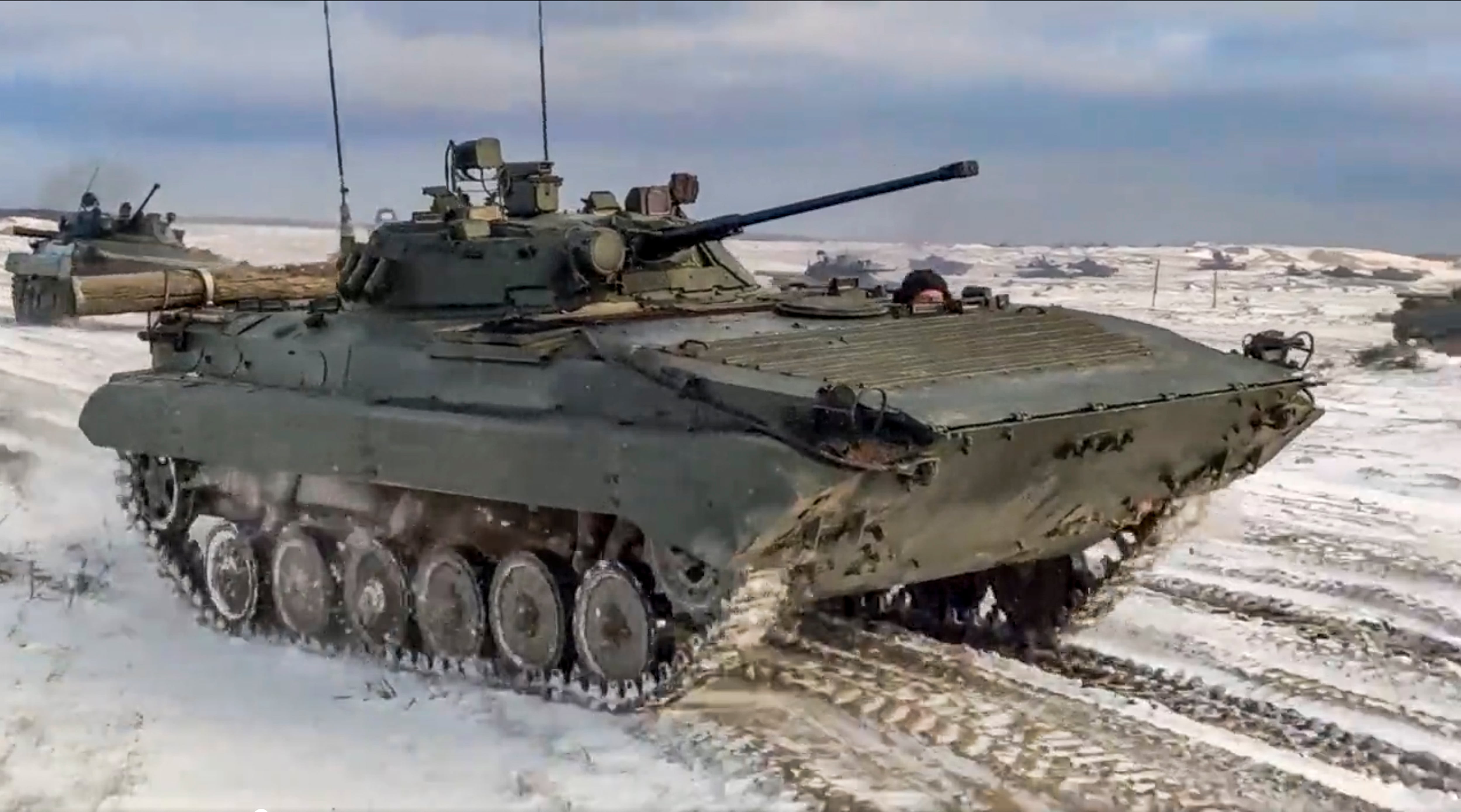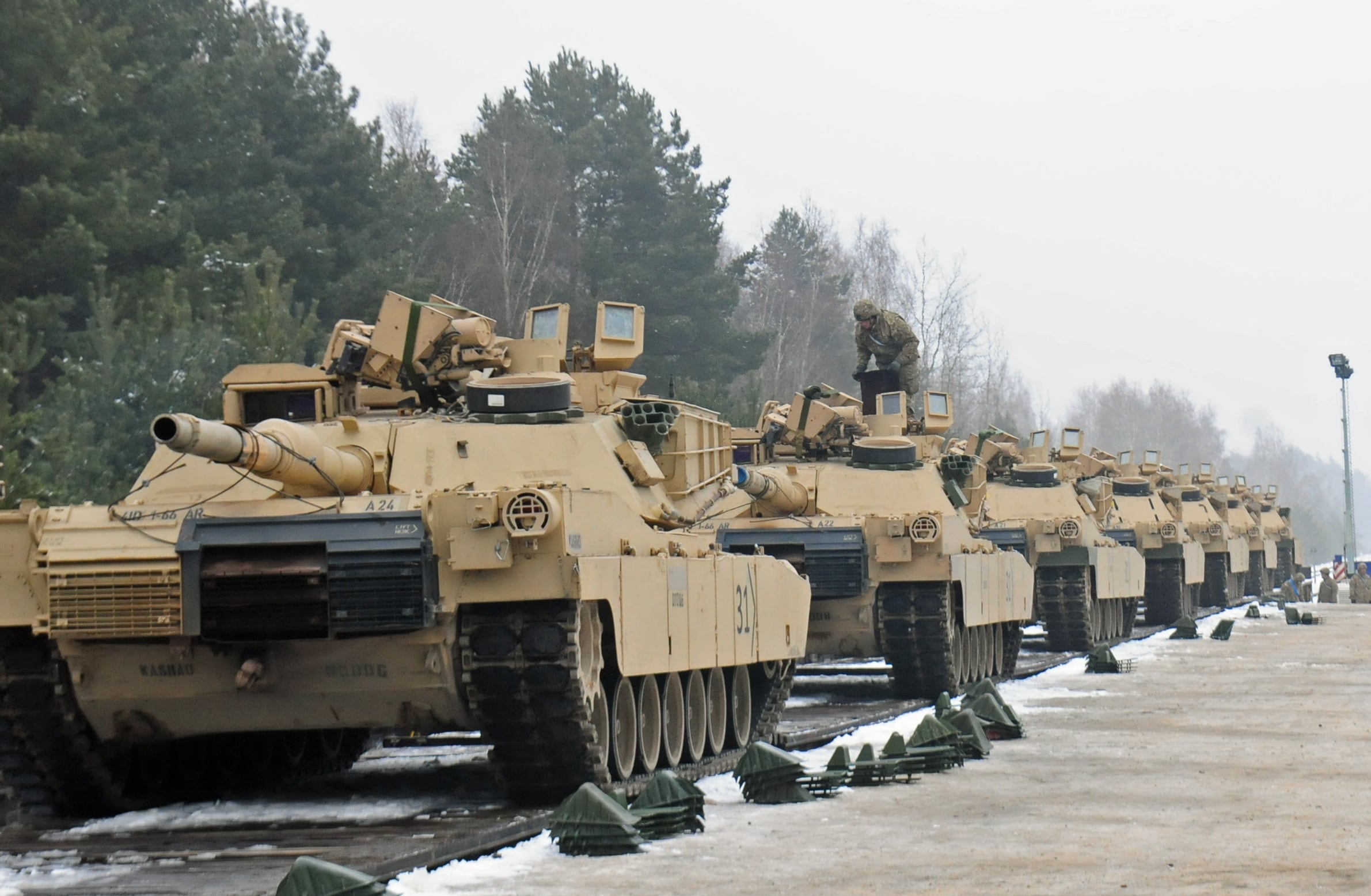Amid continued tension between Russia and Ukraine, lawmakers on Thursday voiced support for the White House’s deployment of several thousand troops to Eastern Europe, even if they aren’t sure just how long those personnel will be stationed there.
Soldiers began leaving Fort Bragg, North Carolina, for Europe on Thursday.
About 2,000 troops from the 82nd Airborne Division and XVIII Airborne Corps based in Fort Bragg are headed to Germany and Poland, and about 1,000 more shifted to Romania from other European bases.
The moves are designed to “ensure the robust defense of our NATO allies” as Russia amasses tens of thousands of troops along its border with Ukraine, according to Pentagon spokesman John Kirby.
He stressed that the moves are not permanent, but could not give an idea of how long the military personnel may be stationed there. “We will constantly evaluate the conditions there on the continent to determine how long they need to be.”
RELATED

On Thursday, members of Congress were briefed by top Defense and State Department officials on the latest intelligence on Russia’s aggression towards Ukraine and the White House response so far.
Several lawmakers said they were given no indication how long the deployments will last, but backed the show of force.
“I think that troop posture is wise, to reaffirm our commitment to our allies,” said Sen. Thom Tillis, R-N.C., whose state includes Fort Bragg. “I think the total number will ebb and flow. We’re looking at what Russia is doing to cause concern among our NATO allies, and the administration will act appropriately.”
The Germany-based Stryker squadron of about 1,000 troops being deployed to Romania, and Airborne troops based at Fort Bragg will likely serve nine-month heel-to-toe rotations with other units, as U.S. troops did in the aftermath of Russia’s annexation of Ukraine, according to Jim Townsend, who was deputy assistant secretary of defense for European and NATO policy.
“Of course they’ve got a base and homes and kids [in Vilseck], but I don’t see them coming home anytime soon, unless there’s some kind of diplomatic breakthrough,” Townsend said.
“There’s not going to be a pulling back of the troops until there’s something that justifies that feeling that the crisis is over, a deescalation. They won’t be there forever, but what we did in 2014 is they’ll be there for nine months. They’ll rotate back and someone else will go.”
Tillis said he expects the North Carolina-based soldiers to serve in some sort of rotation, although he said no decisions have been made yet.
Another 8,500 troops have been put on alert for a possible quick deployment to the region, but because those troops are promised to NATO’s quick reaction force, it would take all 30 NATO member countries to deploy them — an unlikely possibility, Townsend said.
The deployments announced Thursday are meant to add pressure on Moscow to take U.S. diplomatic efforts seriously.
“Maybe they thought we were all talk and no action,” Townsend said of Russian leaders. “But for whatever reason, the president thought he needed to crank up in a visual way [the message] that we would stand by our allies, that we’re putting skin in the game, don’t think we’re bluffing.”
RELATED

The White House has repeatedly promised that troops would not be sent into Ukraine to confront an advancing Russian army.
“I hope we don’t see our troops in any way having a confrontation with the Russians, because that would be disastrous,” said Sen. Deb Fischer, R-Neb., a senior member of the Senate Armed Services Committee.
The Ukrainian Ministry of Defense estimates as many as 136,000 Russian troops — including more than 115,000 ground forces — have been deployed near the border with Ukraine.
In lieu of direct U.S. military involvement, a number of lawmakers have called for the White House to send weapons and other equipment to Kyiv. The administration has already sent about $200 million in military gear to Ukrainian forces, including anti-tank and anti-aircraft equipment.
“There is no way that the Ukrainian military, no matter how much equipment we send, can withstand a conventional assault [from Russia],” said Sen. Marco Rubio, R-Fla., and the Senate Intelligence Committee’s ranking member.
“What they could do, however, is mount an irregular, long-term resistance that I think will be very, very costly and devastating to the Russians.”
Even with those moves, the Senate’s No. 2 Democrat, Sen. Dick Durbin, D-Ill., said he was unsure if the U.S. actions would be enough to deter Russian President Vladimir Putin from launching an attack on Ukraine.
“We don’t know if it is sufficient, we’ll have to see,” he told reporters after the classified briefing. “What we’ve been told is we’re preparing for the worst.”
Leo covers Congress, Veterans Affairs and the White House for Military Times. He has covered Washington, D.C. since 2004, focusing on military personnel and veterans policies. His work has earned numerous honors, including a 2009 Polk award, a 2010 National Headliner Award, the IAVA Leadership in Journalism award and the VFW News Media award.
Joe Gould was the senior Pentagon reporter for Defense News, covering the intersection of national security policy, politics and the defense industry. He had previously served as Congress reporter.





